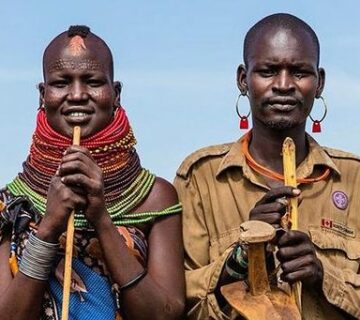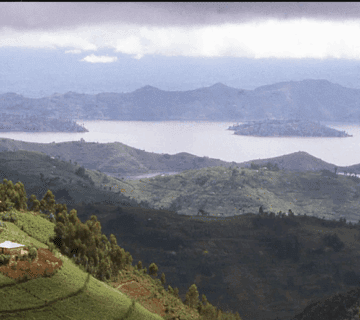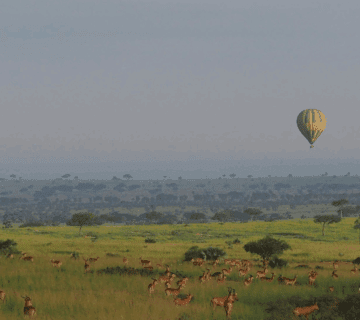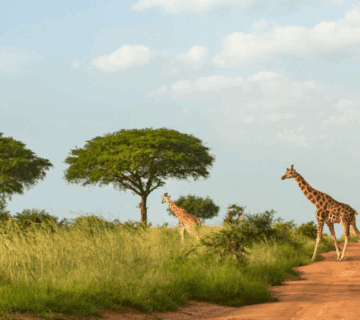What are the Main Tribes in Kenya? A Journey Through Kenya’s Cultural Tapestry
Kenya is one of the most culturally diverse countries in Africa, with over 40 distinct tribes, each contributing to the rich heritage and vibrant identity of the nation. Nestled along the equator in East Africa, Kenya’s landscape is not only defined by its breathtaking savannahs, mountains, and coastline, but also by the colorful mosaic of communities that call it home. From the iconic Maasai warriors to the coastal Swahili people, the main tribes in Kenya offer a captivating insight into ancient traditions, languages, beliefs, and ways of life that have been passed down through generations.
In this post, we’ll explore the main tribes in Kenya, delving into their unique cultures, histories, and how they shape modern Kenyan society. Whether you’re planning a cultural tour or simply want to understand the human fabric of this fascinating country, this guide provides a heartfelt and informative overview.
1. The Kikuyu
The Kikuyu are the largest ethnic group in Kenya, comprising about 17% of the total population. Historically farmers and traders, the Kikuyu settled in the fertile central highlands near Mount Kenya. Their language, Gikuyu, is part of the Bantu language family.
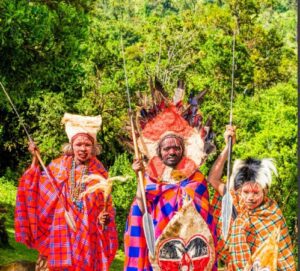
The Kikuyu played a pivotal role in Kenya’s struggle for independence, with key figures such as Jomo Kenyatta Kenya’s founding president emerging from the community. Today, the Kikuyu are known for their entrepreneurial spirit and have a significant presence in Kenya’s politics, agriculture, and business sectors. Despite modernization, traditional rites of passage and ancestral beliefs still hold a strong place in Kikuyu culture.
2. The Luhya
The Luhya people, making up around 14% of Kenya’s population, are mainly found in the western region of the country. They are composed of several sub-tribes, including the Bukusu, Maragoli, and Abanyala, each with slight variations in dialect and customs, but united under the Luhya identity.
Traditionally agriculturalists, the Luhya are known for their strong community values, respect for elders, and rich oral traditions. Music and dance are central to their ceremonies, especially the famous Isukuti dance, which is recognized by UNESCO as part of Kenya’s intangible cultural heritage.
3. The Luo
The Luo are a Nilotic-speaking group primarily residing around Lake Victoria in western Kenya. They make up about 13% of the population. Historically, the Luo were fishermen and herders, and today many have migrated to urban areas where they excel in education, music, sports, and politics.
The Luo are known for their elaborate naming system, where names are given based on the time of day or circumstances of birth. Their social structure emphasizes family and clan ties, and death is marked by elaborate rituals and celebrations of life. Notably, former U.S. President Barack Obama’s father was a Luo from Kenya.
4. The Kalenjin
The Kalenjin, who account for roughly 12% of the population, are a group of related tribes living in the Rift Valley. They are best known internationally for producing world-class long-distance runners, earning Kenya global recognition in athletics.
Traditionally pastoralists and farmers, the Kalenjin people value bravery, endurance, and communal life. Their initiation ceremonies are especially important and symbolize the transition from childhood to adulthood. The Kalenjin language and folklore are rich with stories of courage and natural wisdom.
5. The Kamba
The Kamba people, also known as the Akamba, are Bantu speakers living mainly in the eastern region of Kenya. They make up about 11% of the national population. Historically, they were long-distance traders, traveling far across East Africa, which earned them a reputation as excellent navigators and craftsmen.
Today, the Kamba are widely admired for their wood carving, especially the fine sculptures found in the town of Wamunyu. Music and dance are integral parts of their social gatherings, and they have preserved many of their traditional practices alongside modern lifestyles.
6. The Maasai
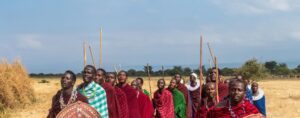
The Maasai are arguably Kenya’s most iconic tribe, recognized globally for their distinctive dress, intricate beadwork, and warrior culture. Although they represent a smaller percentage of the population (about 2%), their presence is deeply felt in the tourism and cultural identity of Kenya.
The Maasai are semi-nomadic pastoralists who inhabit the southern parts of Kenya, particularly around the Maasai Mara. Cattle are central to their economy and spirituality. The community still practices many of its age-old traditions, including initiation rites and community ceremonies, offering a unique glimpse into a way of life that has remained relatively unchanged for centuries.
7. The Meru
The Meru people live on the northeastern slopes of Mount Kenya and are closely related to the Kikuyu and Embu tribes. They speak Kimeru and are known for their strong agricultural background. Coffee, tea, and bananas are staples of the Meru farming economy.
Cultural practices such as circumcision and marriage rituals are key milestones in Meru society, and many traditional songs and proverbs are still passed down to younger generations. The Meru also have a strong oral history tradition, preserving stories about their origins and migrations.
8. The Embu
Closely related to the Kikuyu and Meru, the Embu inhabit the southeastern slopes of Mount Kenya. Their language, Kiembu, shares similarities with other Central Bantu languages. Traditionally farmers, the Embu are known for their discipline, hard work, and deep spiritual beliefs tied to nature and ancestry.
Initiation and marriage ceremonies are important cultural cornerstones, and like their Kikuyu cousins, the Embu maintain a rich tradition of storytelling, dance, and communal life.
9. The Swahili
The Swahili people primarily live along Kenya’s coast and are a blend of African, Arab, and Persian influences that go back centuries. As early as the 8th century, Arab traders and settlers interacted with local Bantu-speaking communities, giving rise to the Swahili culture.
Today, the Swahili are known for their beautiful coastal architecture, Islamic traditions, and the Kiswahili language—Kenya’s national language. Their cuisine, music (like Taarab), and fashion reflect a unique Afro-Arab fusion that is distinctly Kenyan. Coastal towns like Lamu and Mombasa are cultural treasures that showcase the rich Swahili heritage.
10. The Somali
The Somali people inhabit the northeastern parts of Kenya, especially in regions like Garissa, Wajir, and Mandera. They are ethnically and culturally connected to Somalia and speak the Somali language.
Traditionally nomadic pastoralists, the Somali value hospitality, poetry, and oral history. Islam plays a central role in their daily life, and their dress, language, and traditions contribute richly to Kenya’s multicultural identity. In recent years, many Somali-Kenyans have also taken active roles in business, politics, and civil society.
Celebrating Unity in Diversity
Kenya’s tribal diversity is not a source of division but a reservoir of richness. Each of these main tribes and the many others not covered here brings something invaluable to the national fabric. From the mountains to the coast, the forests to the grasslands, Kenya’s tribes offer a living testament to resilience, tradition, and adaptation.
Modern Kenya is a fusion of these cultures, coexisting in cities, schools, markets, and families. While tribal identity still plays a significant role in social life, there is a growing sense of national unity among the younger generations who embrace both heritage and progress.
Whether you’re exploring rural homesteads, attending traditional ceremonies, or enjoying local dishes, engaging with Kenya’s tribes is a profound way to understand the soul of the country. So next time someone asks, “What are the main tribes in Kenya?” you’ll know it’s not just about names on a list it’s about stories, identities, and the beautiful diversity that makes Kenya truly magical.


